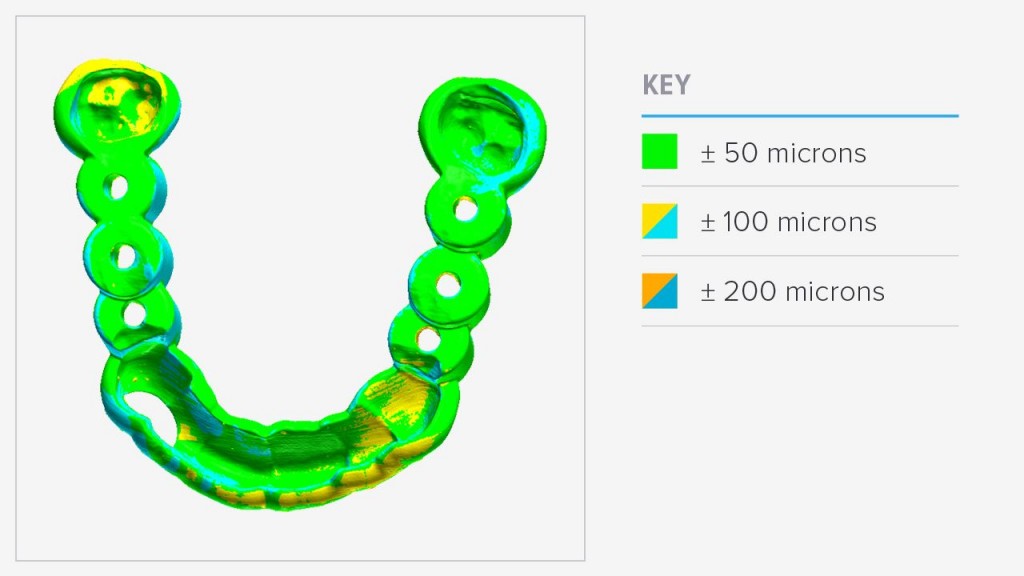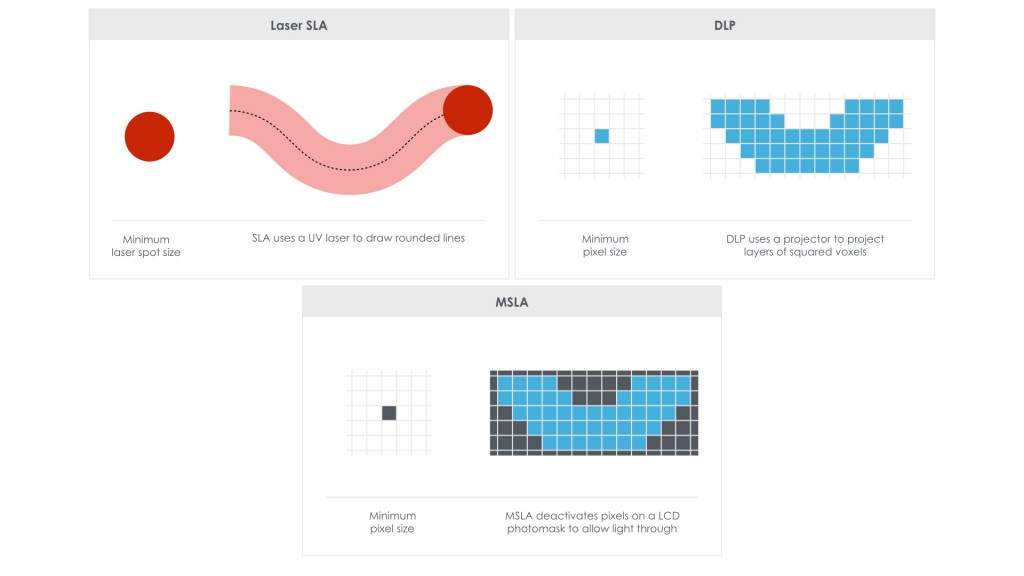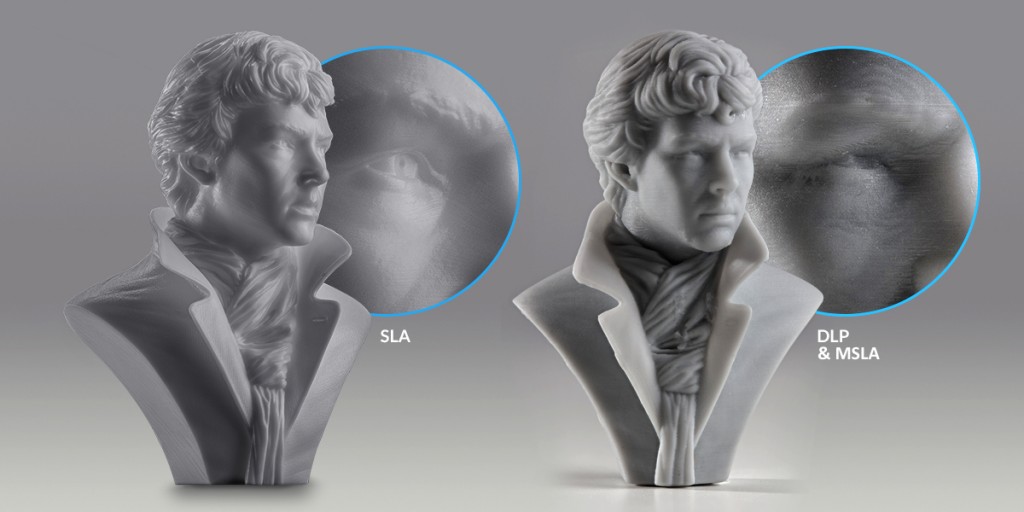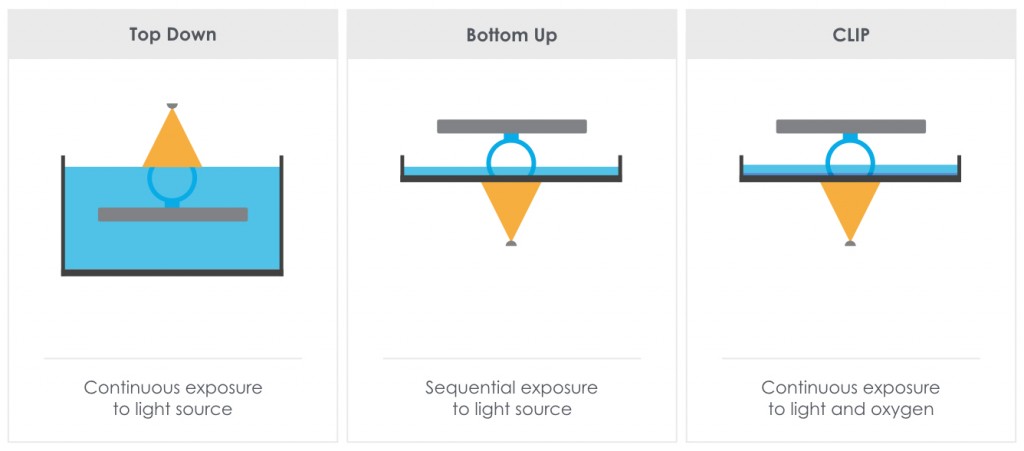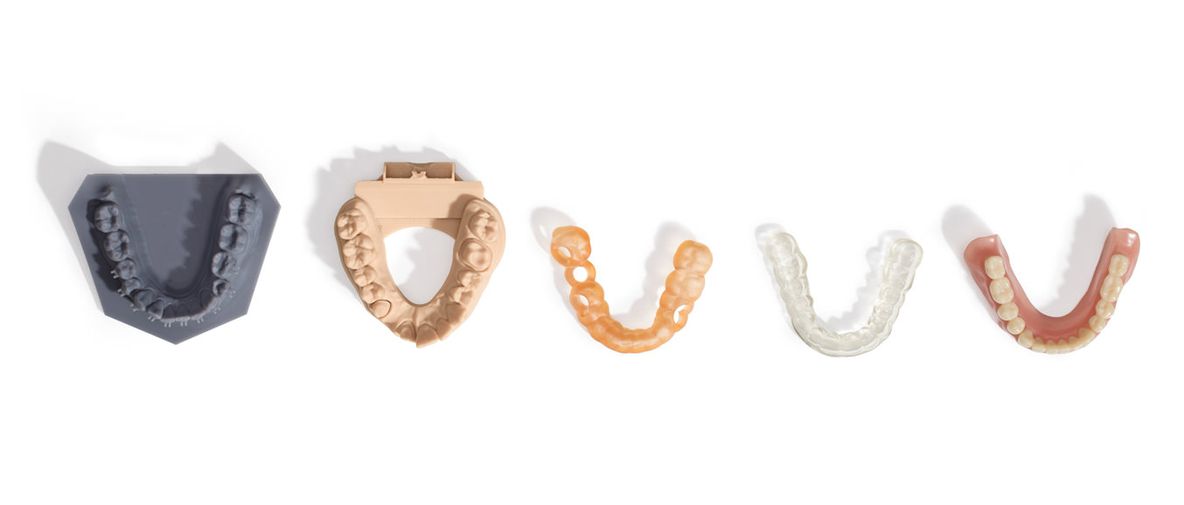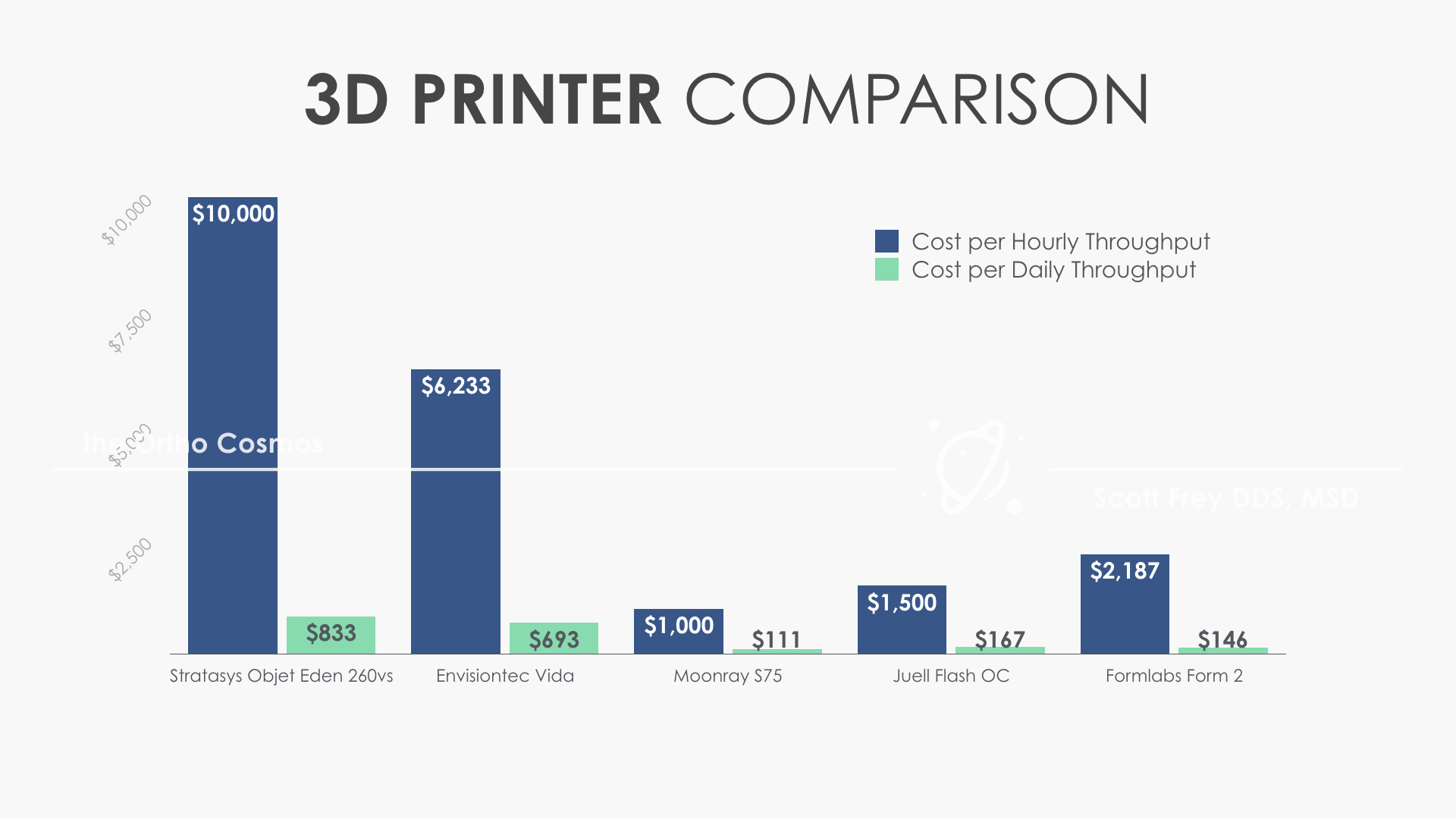The Post-Curing Process
Post-curing, is a light and heat dependent process, that helps 3D prints reach the highest possible strength and become more stable. This additional step to the 3D printing process is an optional step, and should be considered in select applications. With certain printers, such as the Form 2, printing study models with standard resins does not need this step for most orthodontic uses like vacuum form retainers and diagnostic models. Post-curing is particularly important for ‘functional’ resins, which in orthodontics would qualify as occlusal splints, surgical guides, and models that would go in a pressure pot. Adding a UV post-cure chamber to the printing process will finalize the polymerization process and stabilize the resin’s mechanical properties. Specifically, dental resins double in strength with UV post-curing.
From the Formlabs UV curing comparison study: “using a 405 nm light source during post-cure was superior to an equivalent level of lower wavelength light, such as 365 nm. Post-curing at higher temperatures results in a shorter time to full cure. Additionally, higher temperatures lead to higher mechanical properties.”
Post-Cure Hardware
Depending on the size and volume of the appliances or models you are manufacturing, you can consider different types of post-cure hardware. For smaller prints, a low cost 36W nail salon or crafting curing chamber works well. There are post-curing accessories available from Envisiontec. Otherwise, the chamber from Kudo 3d has received the best reviews.
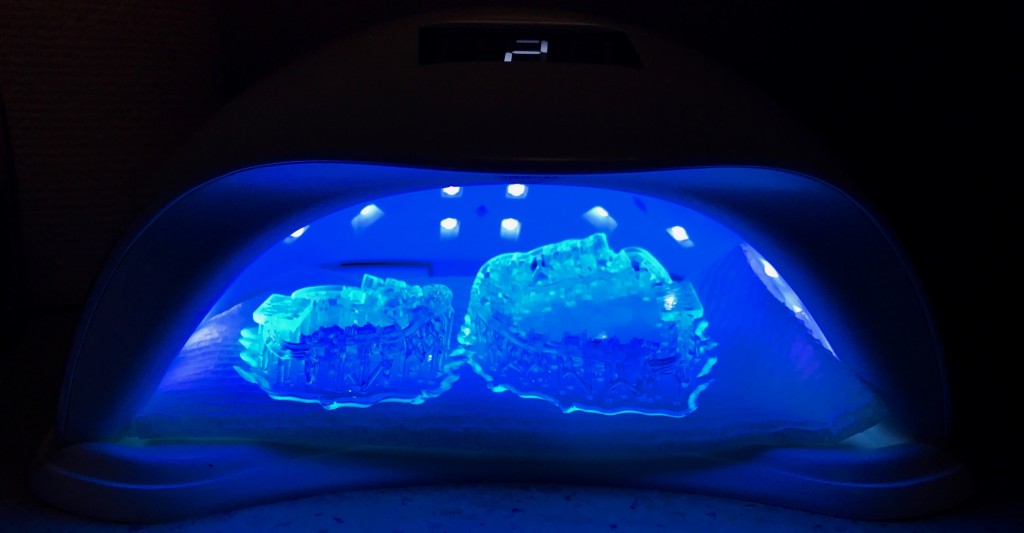
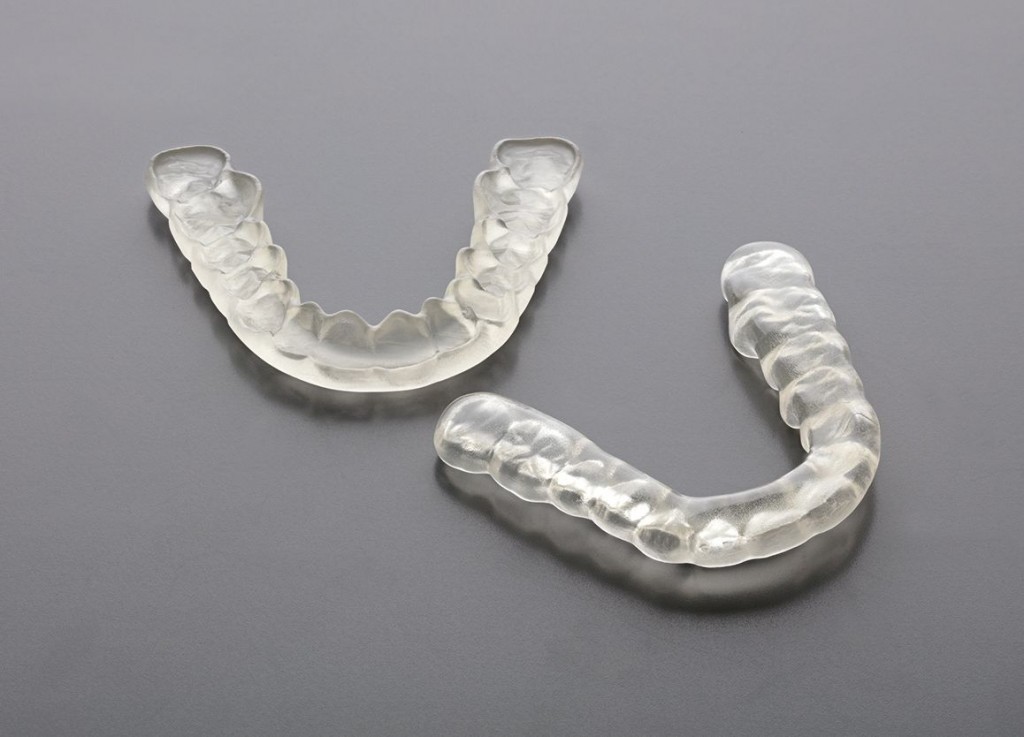
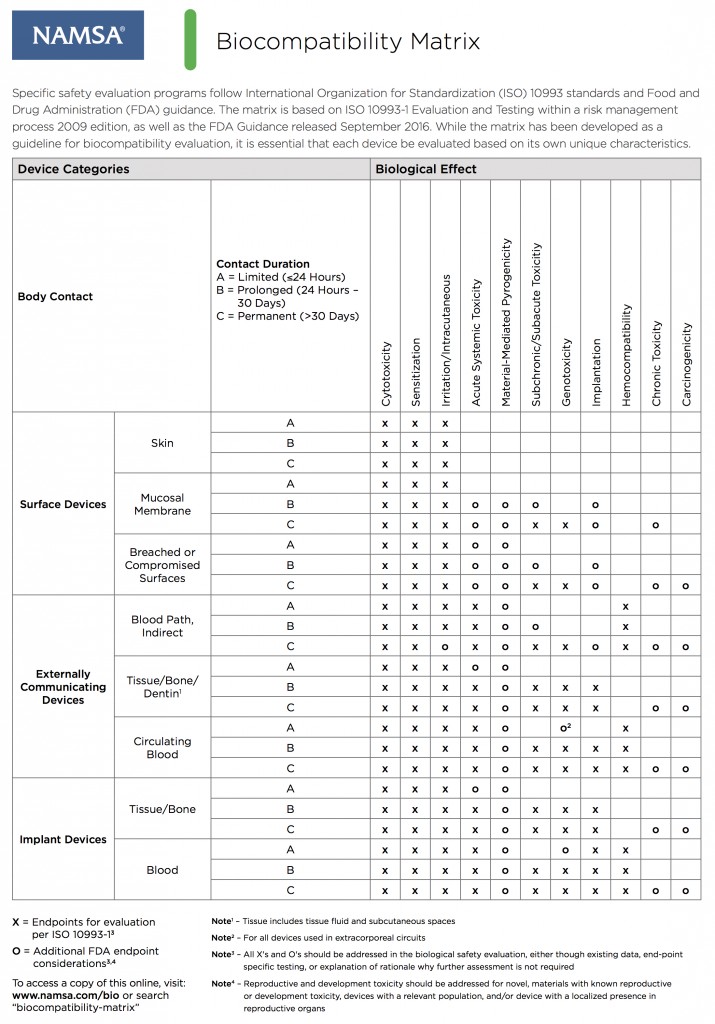
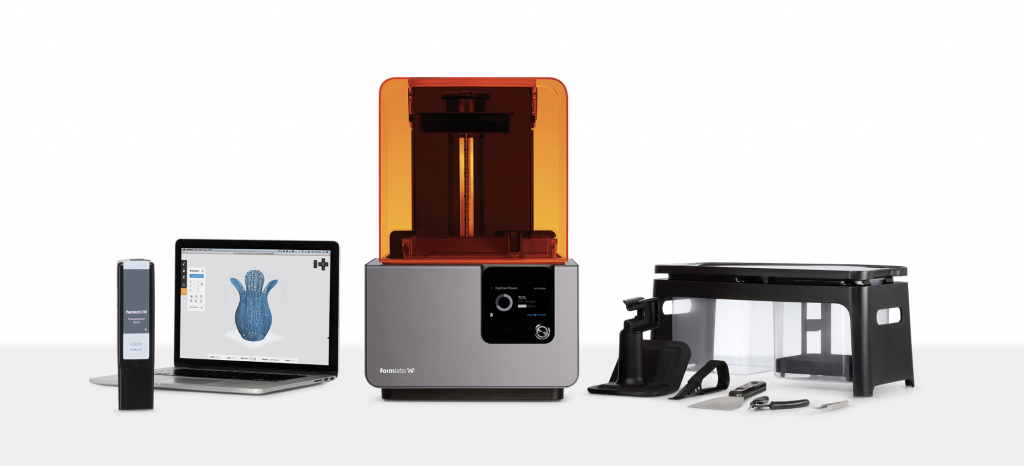
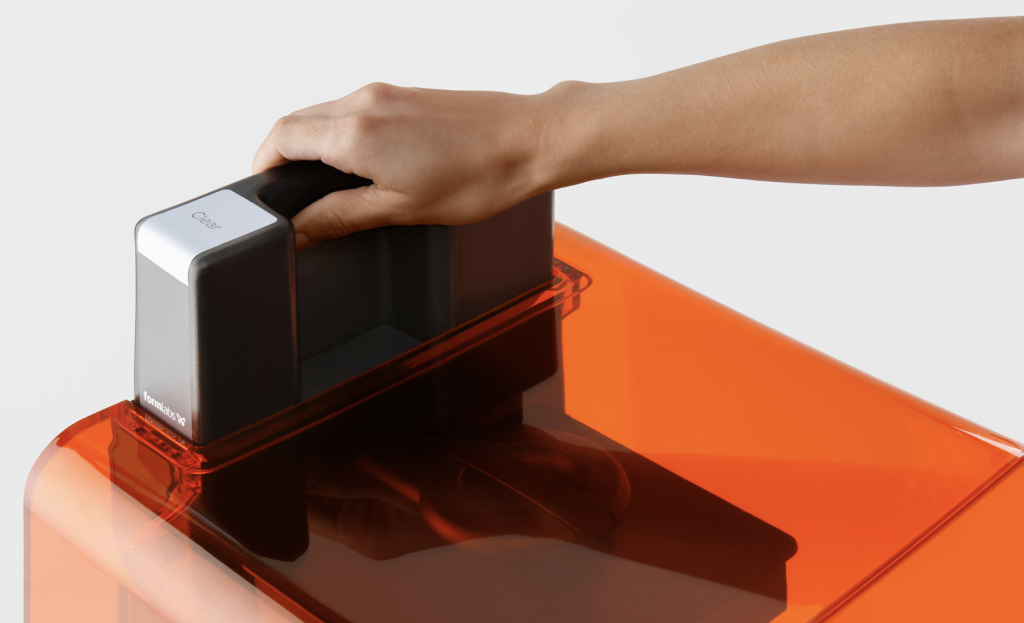
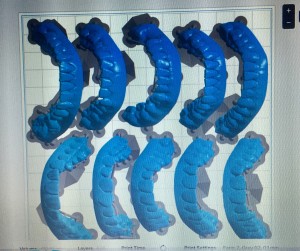
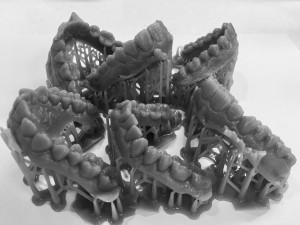
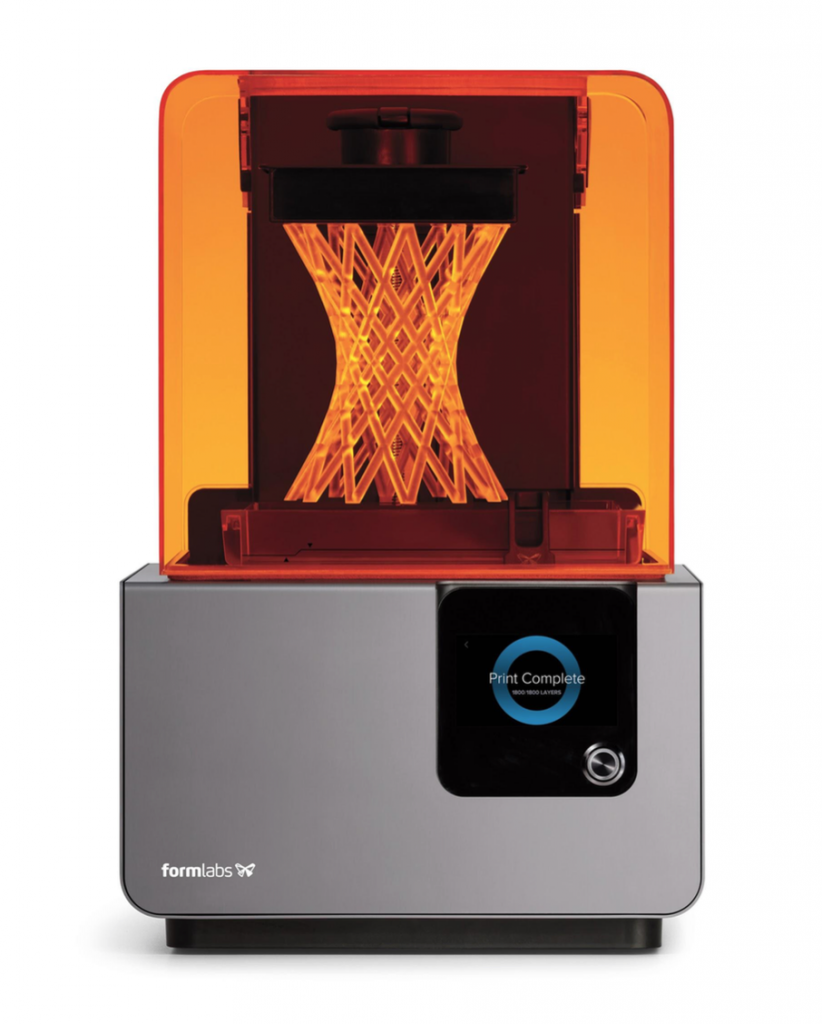
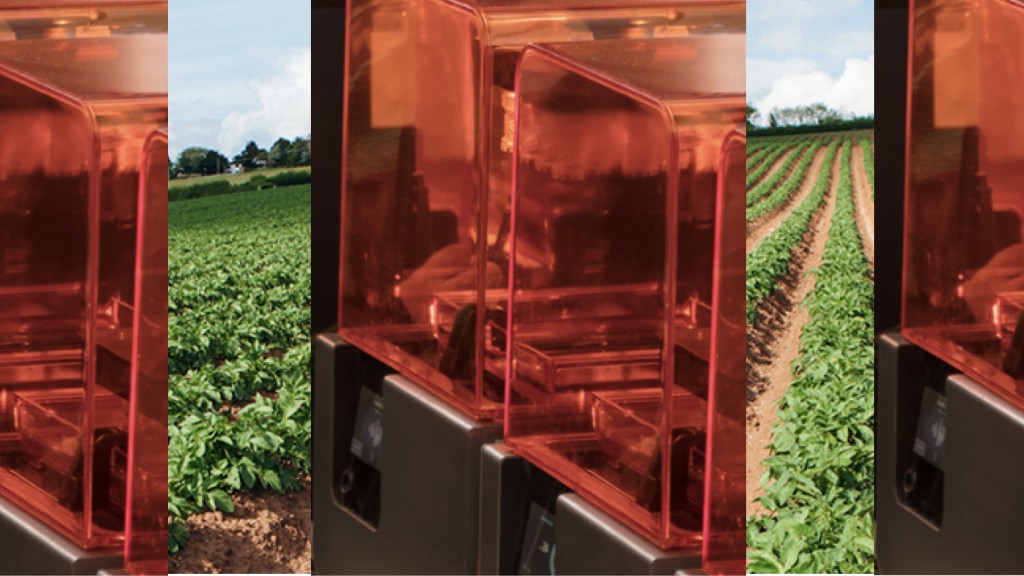
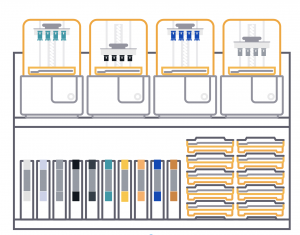
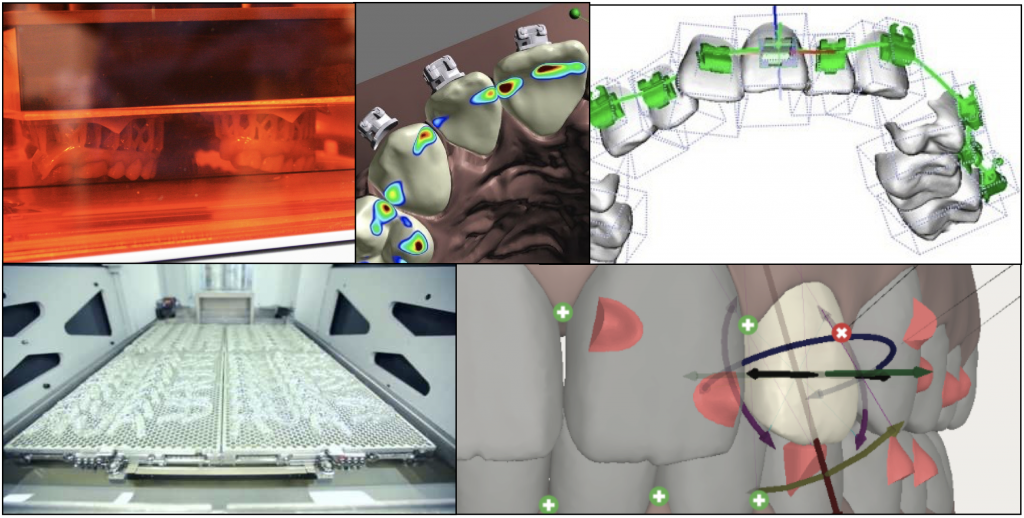

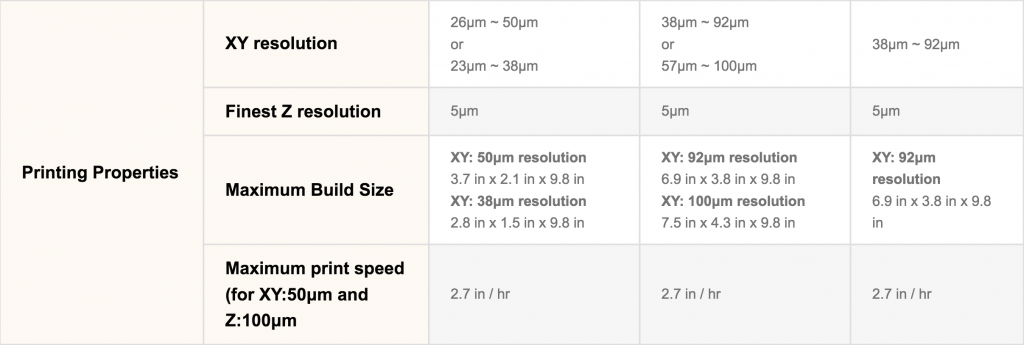
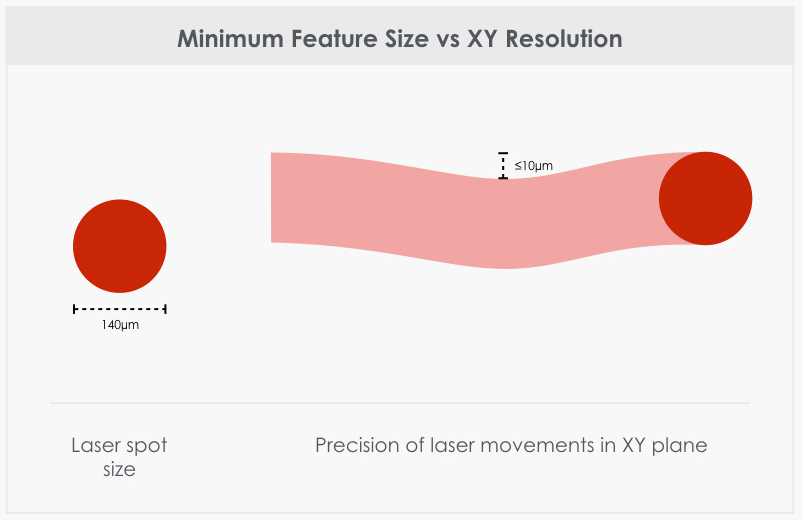 This makes comparing the XY resolution of laser SLA printers to DLP and LCD-masked printers challenging, especially considering many manufactures don’t publicize the pointing precision of proprietary galvos. Unlike DLP and MSLA, which have a fixed matrix of pixels relative to the build area, laser-based SLA machines are able to focus the laser beam on any XY coordinate. This means that laser SLA 3D printers using high-quality optics can more accurately reproduce the surface of a part even when the laser spot size is larger than the DLP pixel size.
This makes comparing the XY resolution of laser SLA printers to DLP and LCD-masked printers challenging, especially considering many manufactures don’t publicize the pointing precision of proprietary galvos. Unlike DLP and MSLA, which have a fixed matrix of pixels relative to the build area, laser-based SLA machines are able to focus the laser beam on any XY coordinate. This means that laser SLA 3D printers using high-quality optics can more accurately reproduce the surface of a part even when the laser spot size is larger than the DLP pixel size. 